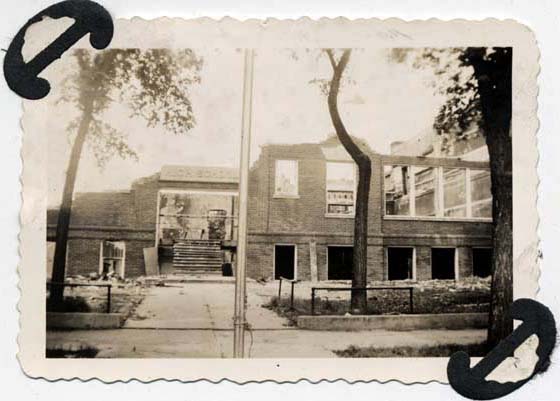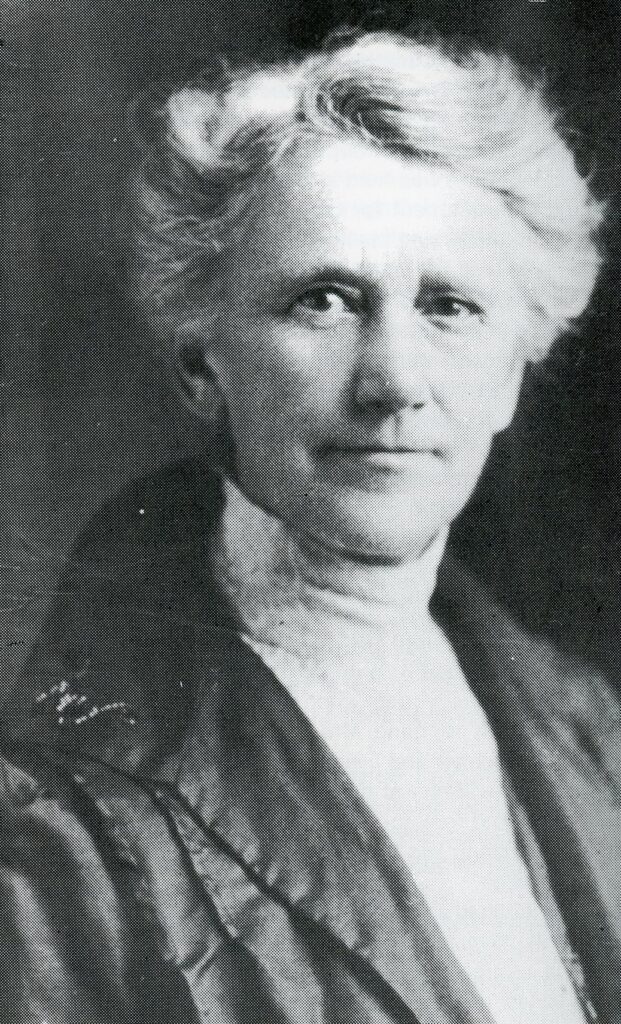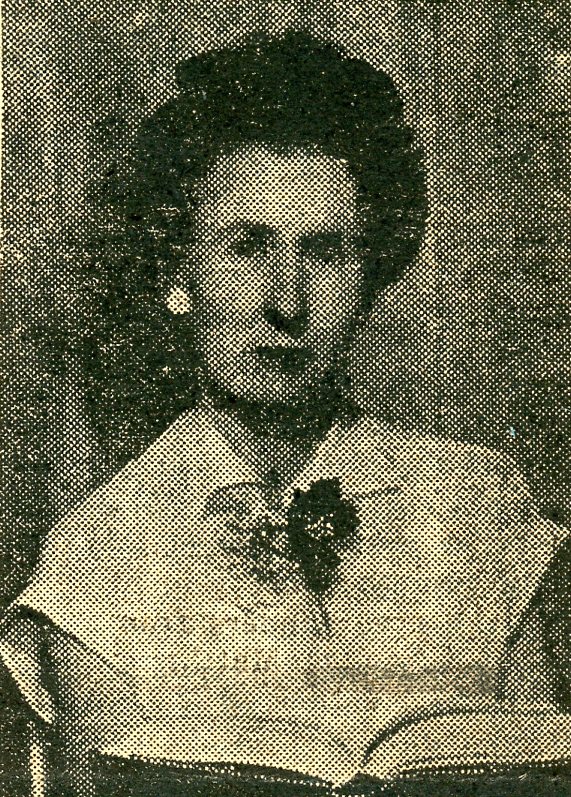Last week’s article left off in 1927 with the library gaining public tax support and being housed in a room on the north side of the gymnasium.
The Kinsley Woman’s Club continued to supplement the meager tax levy with fundraising teas and activities. The importance of the library to the school children and high school students was always emphasized as well as the patronage of the citizens for books and magazines.
By 1930, the school board needed that room and asked the city to find another place for the library. The library board advocated for a bond issue to build a library, and it was put on the ballot of the city election in April, 1930. It was narrowly defeated by 27 votes.
In 1934 the library board with the support of the Woman’s Club engaged architect Fred Wilson, in Washington D. C. to design a building. You might remember him from a past article as Sally Frame’s Uncle Fred. He offered to provide blue prints if the dream could become a reality. The lot where the USDA Service Center is now located was offered for the location.
The city commissioners told the board that they would need to garner signatures on a petition to put a bond issue on the ballot. Whether they did or not, I do not know. However, the library continued to be located in the school throughout the 1930s.
In January, 1941 new rules for the library were set. Those rules have changed little since. Books are still checked out for two weeks. Fines for overdue books have gone from 2 cents to 5 cents per day. Families outside of the city limits use to be required to pay $1 per year for a library card, and now no fee is charged for non-city residents. Then and now, children under the age of 14 need a parent’s signature to receive a library card.
It is impossible to say how long the library would have remained at the school if it had not been for the school burning in a fire on February 13, 1941. Only the walls of the school and the gymnasium were left standing.

on the north side of the gymnasium survived. Photo from Kathy Rehmert collection.
When it looked like the gymnasium might also burn, students and citizens carried the 7000 library books, back issues of magazines, and furnishings to new quarters in the upstairs of City Hall at 507 Marsh Ave.

The book cases were cut down to fit the smaller space, and just one week later, librarian Lillie Riley was checking out books again. It took a month to get everything back in order. The upstairs location prohibited access to the library for some citizens.
Later in 1941, a new librarian, Elsie Jenkins, took over and began advocating again for a librarian building. In 1945 she reported to the board, “Now of course what we need most of all, is a place of our own, on the ground floor, where all people can have use of the library service.”
Later in 1941, a new librarian, Elsie Jenkins, took over and began advocating again for a librarian building. In 1945 she reported to the board, “Now of course what we need most of all, is a place of our own, on the ground floor, where all people can have use of the library service.”
In January, 1951, the secretary of the library board, Milton Martin, wrote a letter to veterinarian H. W. Ruhe expressing consternation over his offer for property for a library where the Vocational Tech building is today. I cannot resist quoting the letter in its entirety.
“I’m the Sec. of the Library Board and as such occasionally I get a job to do I don’t like. Al (Al Wilson, city manager at the time) reported to us that you would like to donate your lot at 8th and Colony for the use of the library. Believe me, we appreciate that offer – but on behalf of the Library Board I’m declining it. Why? Well, Darn it, we haven’t got the dough to build a building. If we can scare it up, we don’t even have enough to heat it and light it. We draw only $2000 each year from the city – and the tax levy is as high as it can be put. We have to pay our librarian at least half enough to live on – and we have to satisfy our customers by buying a new book once in a while. And there went all our money! So Doc, we’d better just stay in our firetrap hideout for a while. Being in the same building with Al makes him happy, I guess – ‘cause he pays our light and gas bill – janitor service, tis another thing we don’t need much of.”
Finally, in January, 1953, the City Commissioners proposed a new city building. Woods and Starr Architects of Hays drew plans for a city hall with police department and fire station. The library was to be next to but entirely separated from the city offices and the downtown area. It would have a separate entrance on a residential street.
“The library should be identified with the residential area, while the city offices deal primarily with the business section,” said Woods.
A public informational meeting was held and someone asked if the library would be on ground level, and it was assured that it would be. A bond issue of $125,000 was voted on February 17, 1953. It passed by only 8 votes.
On March 20, 1954, an open house was held at the current city hall with connected library on land donated by Ed and Ella Lippoldt. Those eight votes gave the community a library building that has served it well for 68 years.


